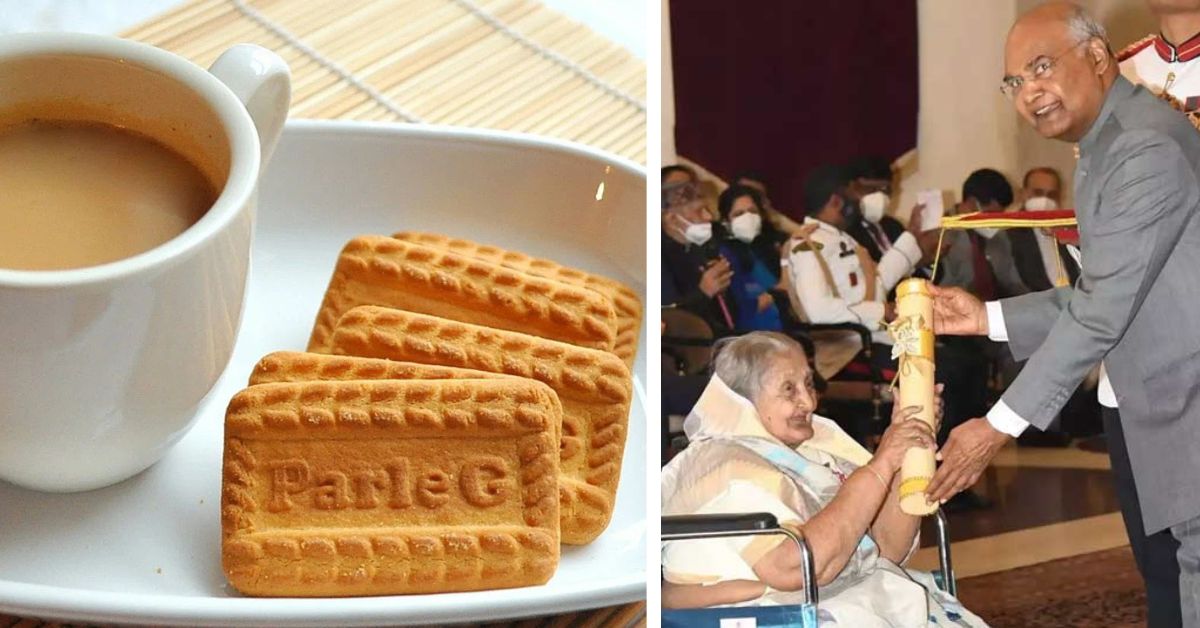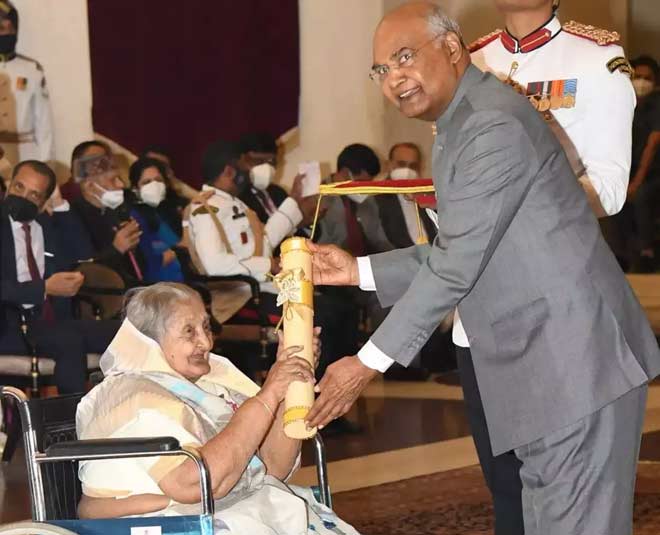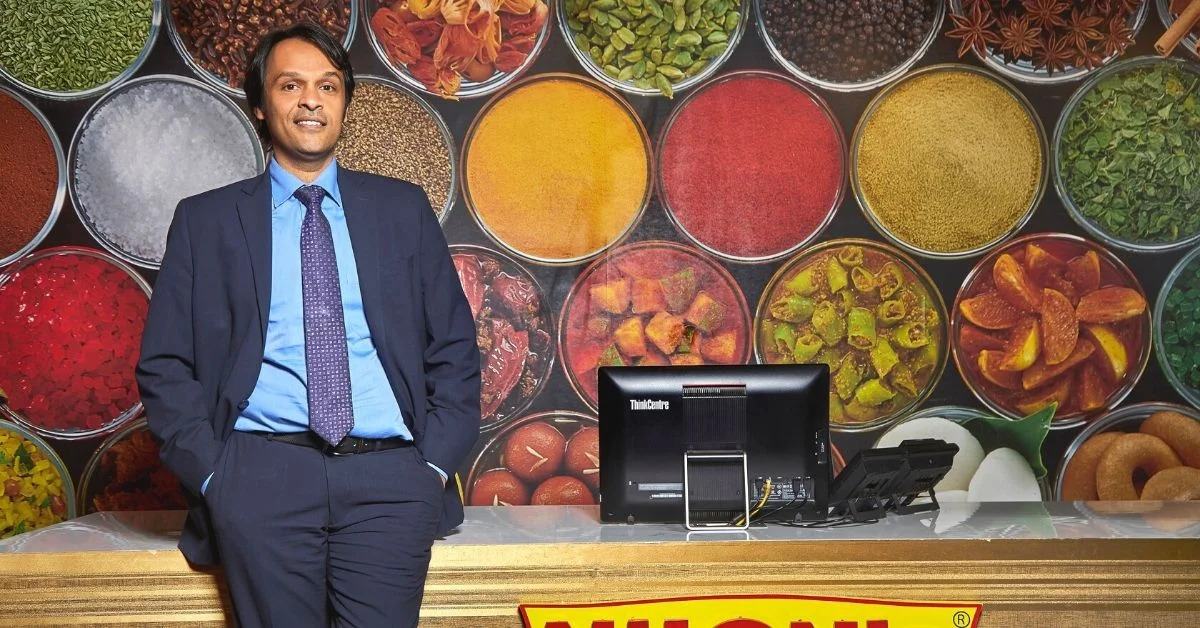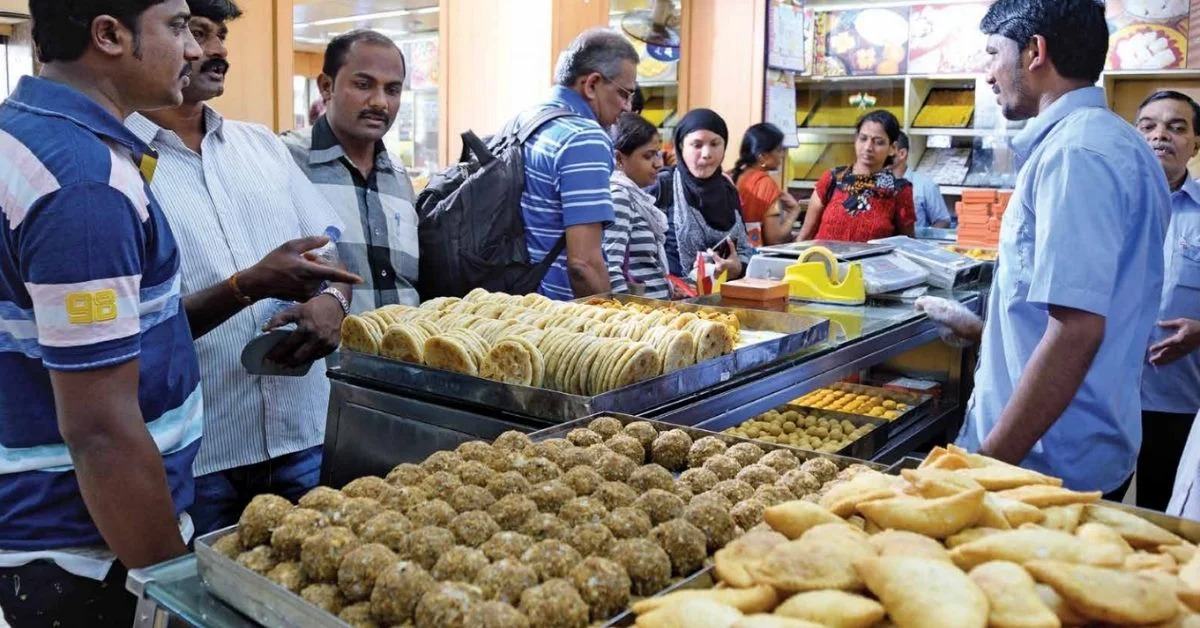6 Iconic Food Businesses of India That Are Over 50 Years Old & Thriving as Multicrore Ventures
From Parle-G to Lijjat Papad, these iconic food businesses of India had humble beginnings and inspiring stories that led to their success today.

Everyone knows Vadilal, Balaji and Parle-G today. We’ve grown up eating their snacks and confectioneries. But few know the story of their humble beginnings. Born in small rooms and fields, these businesses scaled into empires. The secret behind their success – a never say die attitude.
Today, countless small businesses and startups follow the trail illuminated by these legacy food businesses. With growth models that have stood the test of time, they are still on their way to scale higher.
1. Lijjat Papad

In 1959, people were amused to see seven Gujarati women gathered on a terrace in South Mumbai. They were kneading and sun-drying papads (a deep-fried snack). What started out as an idea is now a legacy business that boasts over 45,000 women employees and a net worth of over Rs 1,600 crore.
Started as Shri Mahila Udyog Lijjat Papad, the company is now India’s oldest all-women cooperative. The brand’s aim has remained unwavering — to support women in attaining financial independence.
2. Balaji Wafers
“Crispy, delightful and the perfect party starter” — this is how most people describe Balaji Wafers. But Chandubhai Virani, the founder, had no idea his simple snack would come to find so much love.
Born into a farming family, Chandubhai and his brothers moved to Rajkot in search of employment. They were hired at the canteen of a local cinema for a salary of Rs 90 per month.
Theatregoers were Chandubhai’s first customers. They enjoyed the chips he sold, oblivious that he was making these in his one-room home. Soon Balaji Wafers grew into a multi-crore national sensation that clocked a turnover of over Rs 500 crore this year.
3. Parle-G

A staple in all Indian homes, you won’t deny Parle-G is desi chai’s ultimate partner. Interesting to note is how the brand’s name came to be. In 1929, Mohanlal Dayal, a Mumbai-based gentleman, refurbished an old factory in Mumbai’s Vile Parle. He decided he would manufacture confectionery here.
Soon, the factory came to be called Parle after the location. The factory began baking biscuits here in 1939 to counter the trend of imported snacks. Parle Gluco was a hit.
However, soon, numerous other brands hopped onto the bandwagon of making glucose biscuits. So, in a bid to stand out from the competition, in 1982 the brand repackaged their biscuits as Parle-G.
4. Nilon

Brothers Suresh and Prafful Sanghavi were working in the field during the peak of World War II. Seeing the plight of the soldiers, they would prepare lemon syrups and juices from the produce on their land and serve these to the army.
The brothers soon began to realise the potential of food processing. Soon, their home kitchen in Utran village, Jalgaon, Maharashtra became a site of experimentation. Aromas of ketchup, jellies, jams and more prepared with ingredients sourced from the field began to fill the space. However, when sold, these did not generate a good response from the audience.
In 1966, the brothers introduced pickles to the menu and sales rocketed! That is how Nilon pickles was born.
5. Chitale

Everyone is a fan of the brand’s ‘Bakarwadi’. Few know that this was the result of a Maharashtra farmer’s idea.
Bhaskar Ganesh Chitale turned to farming to help his widowed mother. However, hours spent at the farm in the drought-prone village of Limbgove, 20 km from Satara, yielded few to no returns.
In 1939, Chitale boarded a train to Bhilawadi in Sangli district where he observed an abundance of domesticated animals. Milk would often be in excess. The farmer decided to put this to use and began making milk products — cottage cheese, shrikhand, milk powder, etc. Today, over 40,000 farmers work with the brand.
The Bakarwadi sold by the brand is so famous that over 1,000 kgs are made in an hour.
6. Vadilal
We’ve all enjoyed the popsicles on a sunny afternoon after the end-of-year exams. The name ‘Vadilal’ evokes nostalgia. The brand had humble beginnings in Gujarat in 1907. At the time their ice creams were made using the traditional and popular Kothi method in which a hand-operated machine was used to churn milk, ice and salt.
Vadilal Gandhi started the brand with sodas but it was his son Ranchod Lal Gandhi who introduced ice creams to the brand. By the time of India’s independence, the company had opened four outlets across Ahmedabad. The company clocked a turnover of over Rs 1, 071 crore.
Edited by Padmashree Pande.
If you found our stories insightful, informative, or even just enjoyable, we invite you to consider making a voluntary payment to support the work we do at The Better India. Your contribution helps us continue producing quality content that educates, inspires, and drives positive change. Choose one of the payment options below for your contribution- By paying for the stories you value, you directly contribute to sustaining our efforts focused on making a difference in the world. Together, let’s ensure that impactful stories continue to be told and shared, enriching lives and communities alike. Thank you for your support. Here are some frequently asked questions you might find helpful to know why you are contributing?

This story made me
- 97
- 121
- 89
- 167












